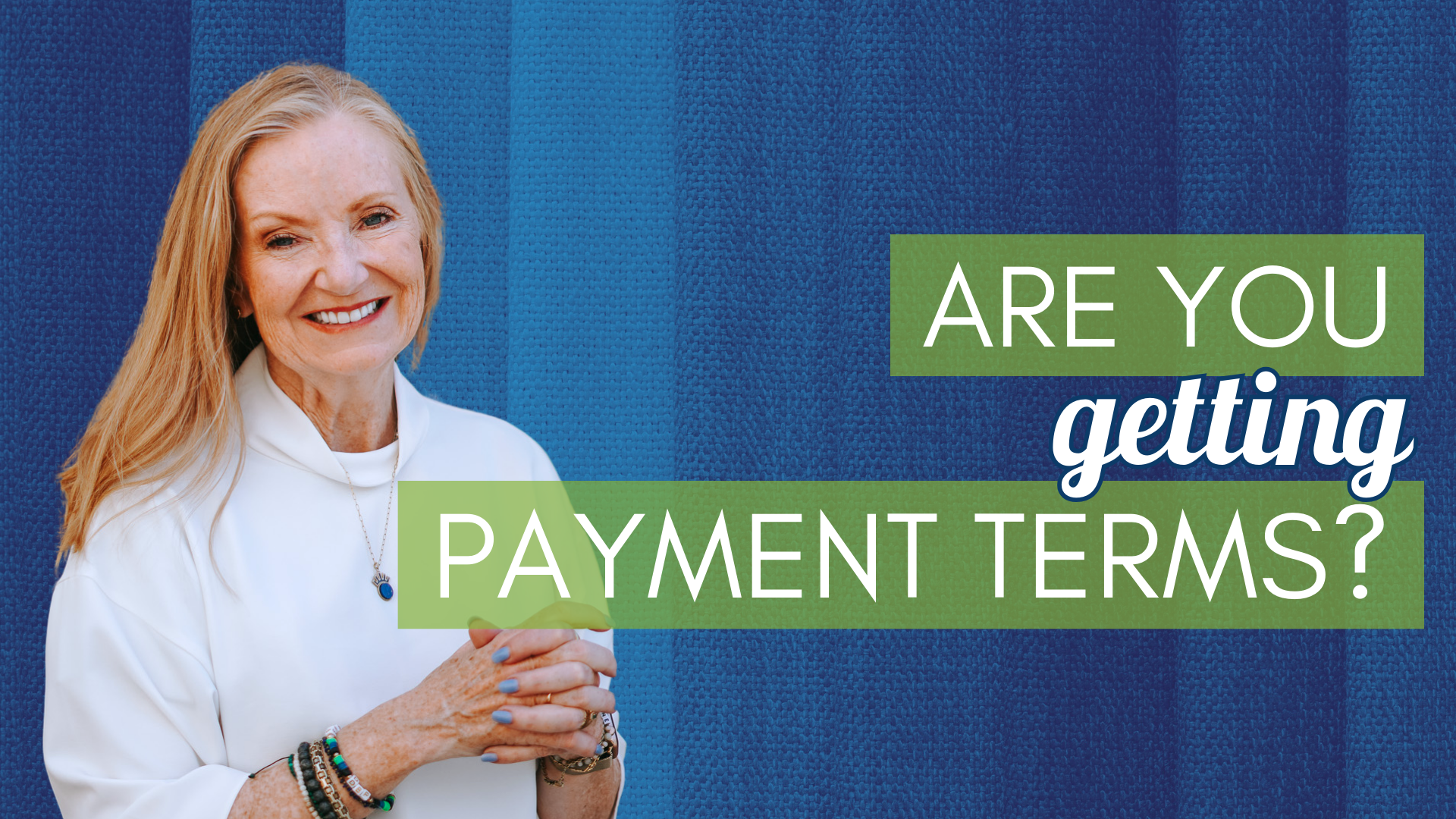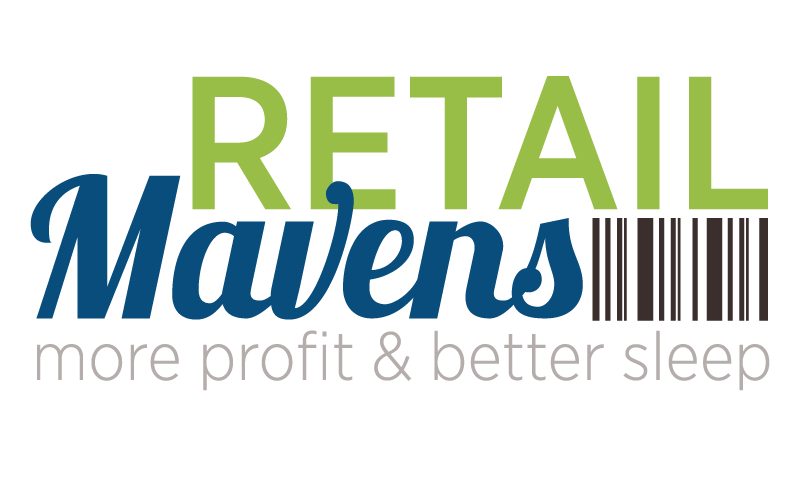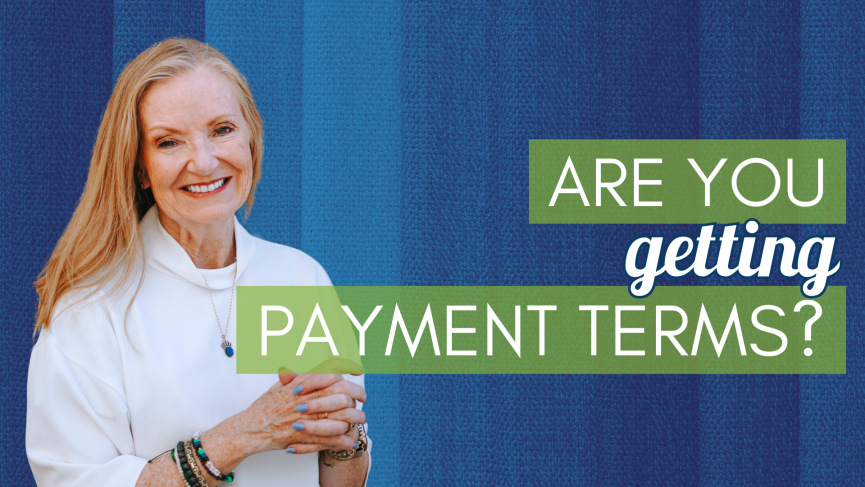
Something that many store owners struggle with is managing cash flow, especially at it relates to getting vendor terms on advance orders. A great question in our retail community came from a clothing and accessories store owner who said:
“I have to place a lot of my buys 6-8 months in advance. This ties up so much money and often times I’m left scrambling to pay for it.”
Handling Advance Orders
First off, let’s chat about placing orders 6-8 months in advance. This is a reality for many retail stores, especially in the fashion industry where wholesalers often require orders well in advance. In my children’s stores I ordered a lot of European brands which absolutely needed that lead time, and our outerwear had to be ordered even further in advance – often by November or December in the year before the next winter season. So how do you know how much you should order that far in advance? By using an Open to Buy plan. This is crucial – your Open to Buy plan is as close to a crystal ball that you’ll get in your retail store, to make sure you’re not over or under ordering. We include Open to Buy planning for all clients inside our Profit Club program – learn more about the monthly Profit Roadmap Profit Club clients get along with their personal coaching in this free class.
Handling Vendor Terms on Advance Orders
But just as important is the cash management piece of this challenge. To clarify: placing orders is not the same as paying for the inventory upfront. You should never be in a situation where you’re paying for inventory that hasn’t arrived in your store yet. You should have vendor terms on advance orders.
In my own stores, we’d run into some vendors who would request payment upfront before they even made the order. Their reasoning was that they needed the funds to cover manufacturing costs. While this might seem reasonable on their end, it’s not practical for your cash flow as a retailer. You need those funds to sustain your retail space so you can eventually sell those products.
Similarly, other vendors would ask for payment before shipping the order. Again, this poses challenges for your cash flow. Ideally, you want to negotiate terms on advance orders with your vendors that allow you to delay payment for at least 30 or 60 days. I’ve crunched the numbers and found that a 60-day payment term is often the sweet spot for maintaining healthy cash flow in your store.
Of course, there are exceptions. Sometimes, with new vendors, you may need to offer to pay before shipping the first order to establish a good relationship. However, make it clear that moving forward, you require payment terms to ensure smooth cash flow management.
The Impact of Cash Flow Management
Effective cash flow management is the lifeblood of any retail business. In retail, where cash flow ebbs and flows with seasonal trends, customer demand, and market fluctuations, having a solid grasp of cash flow is incredibly important.
Poor cash flow management can lead to a domino effect of challenges, including difficulties in paying vendors on time, inventory stockouts or excess, and ultimately, hindered growth opportunities. On the flip side, proactive and strategic cash flow management empowers retailers to navigate challenges, seize opportunities, and maintain financial health.
By prioritizing vendor payment terms that align with cash flow cycles, retailers can ensure a steady flow of capital to support inventory purchases, operational expenses, and strategic investments, laying the foundation for sustainable business growth.
Now, if you’re struggling with cash flow issues, focusing on improving your vendor terms over the next year can make a significant difference. Negotiating better terms can free up cash and give you more flexibility in managing your inventory and finances effectively.
Remember, managing inventory orders and cash flow is all about finding the right balance and setting clear expectations with your vendors. By prioritizing payment terms that work for your business, you can navigate the challenges of inventory management with confidence.
A note about credit cards
Some retail store owners rely on credit cards to compensate for lack of terms with vendors. This is generally speaking a bad idea. First, because your interest-free period is not very long, second because if you can’t guarantee that you’ll have the funds to pay the balance due before the due date, you’ll end up paying steep interest which hurts your cash flow further.
Of course if you’re able to use the credit cards to your advantage (collecting points or cash back for example), it may make sense to use your credit card as a payment type after first getting your vendor terms. This way you extend the terms a bit longer, and can use the rewards to invest back into your business or pay for team perks.
For more on how to get the VIP treatment from your vendors, check out this post!


